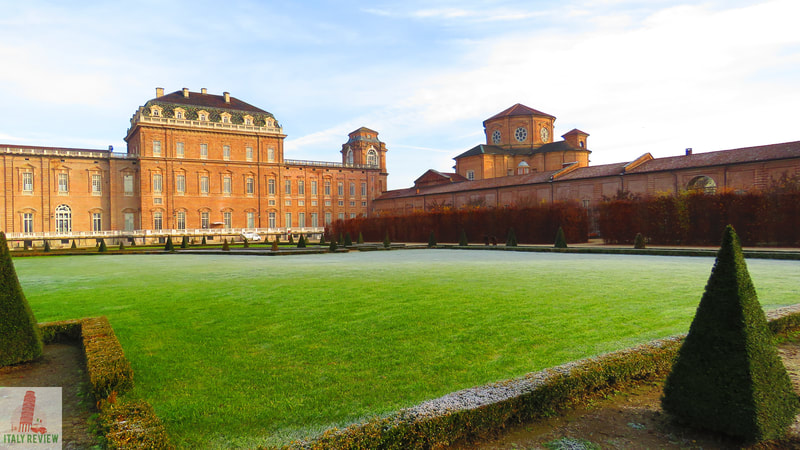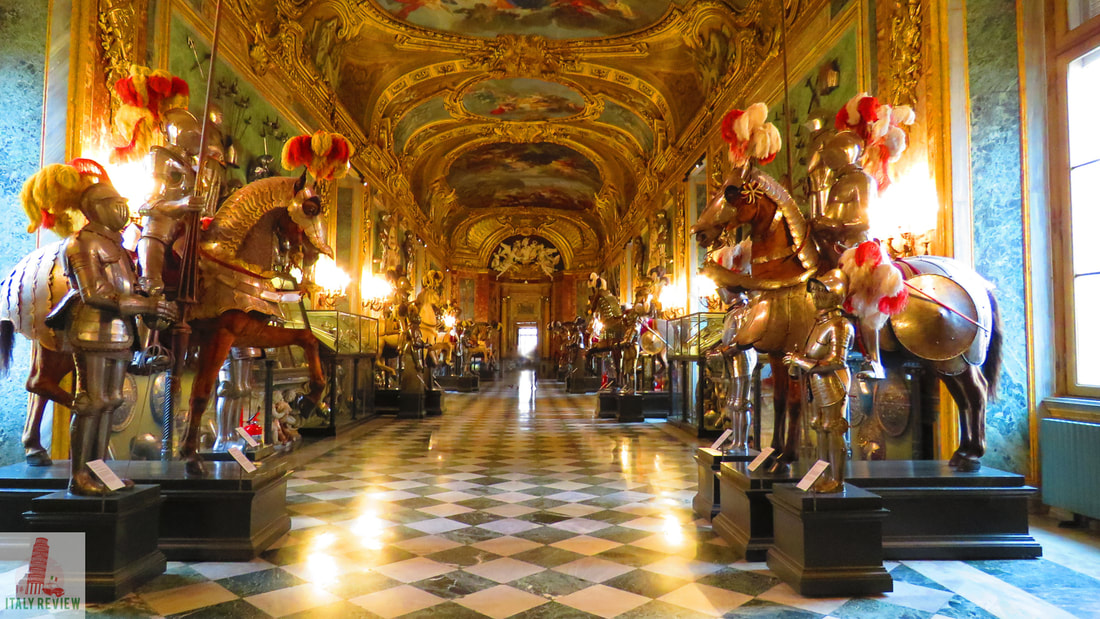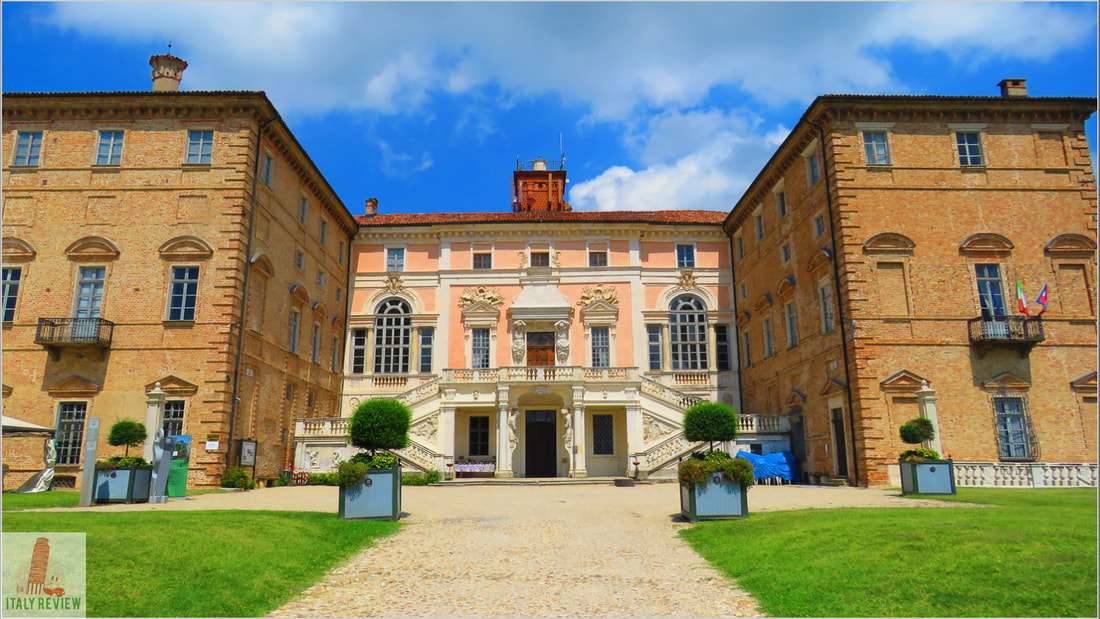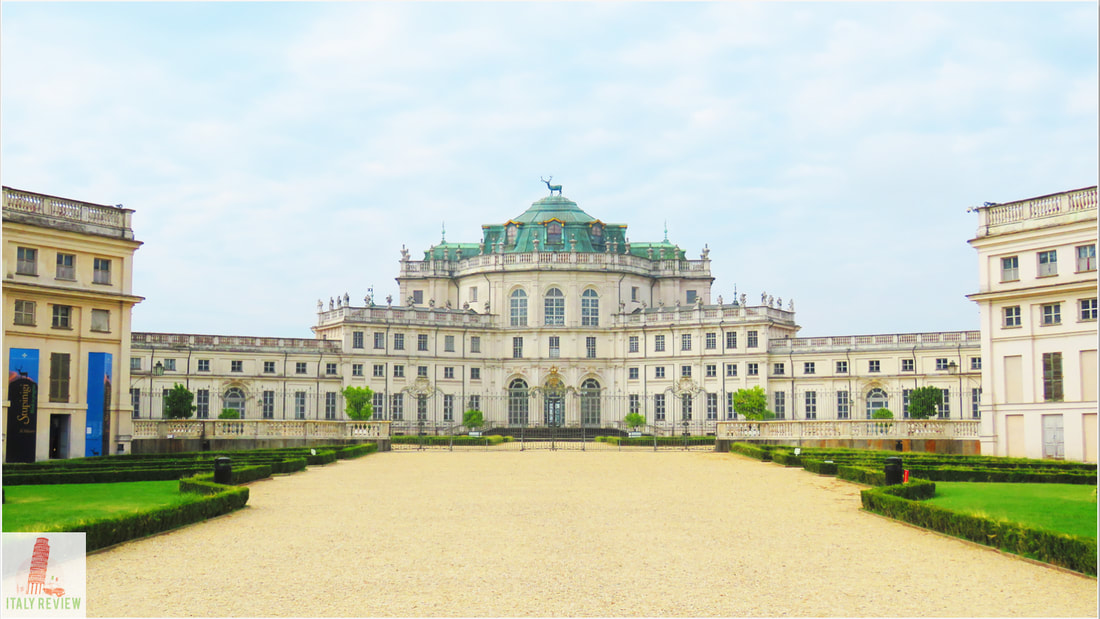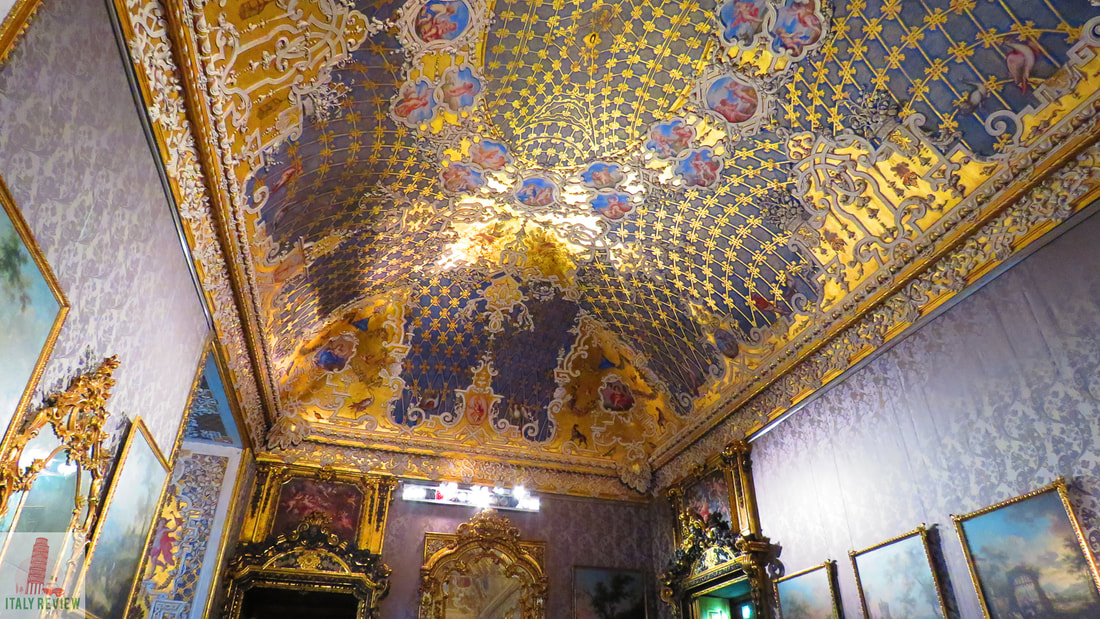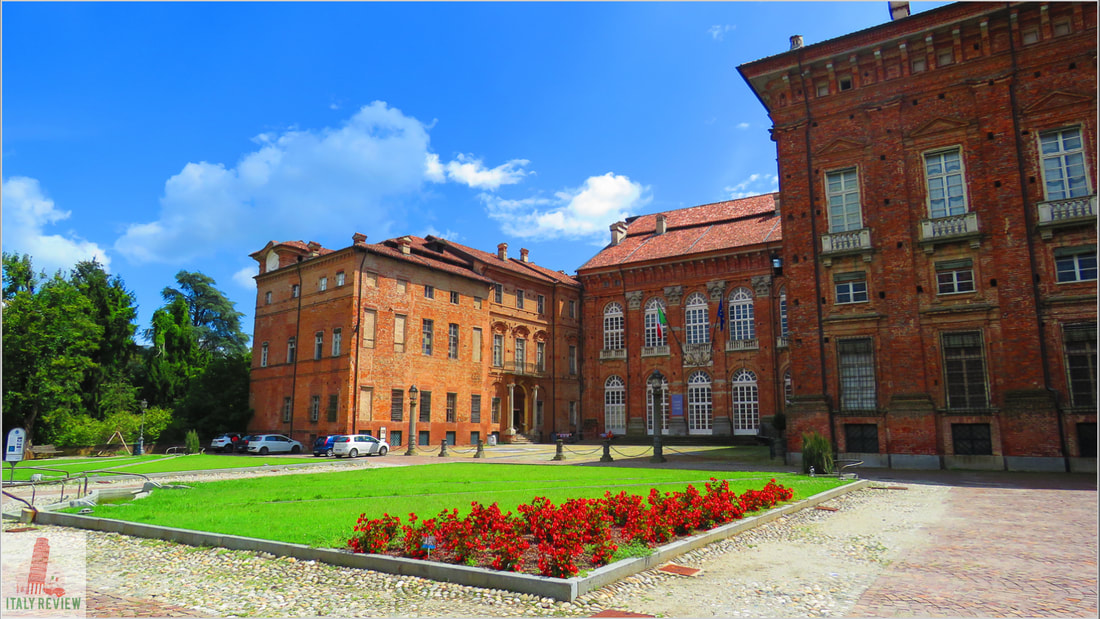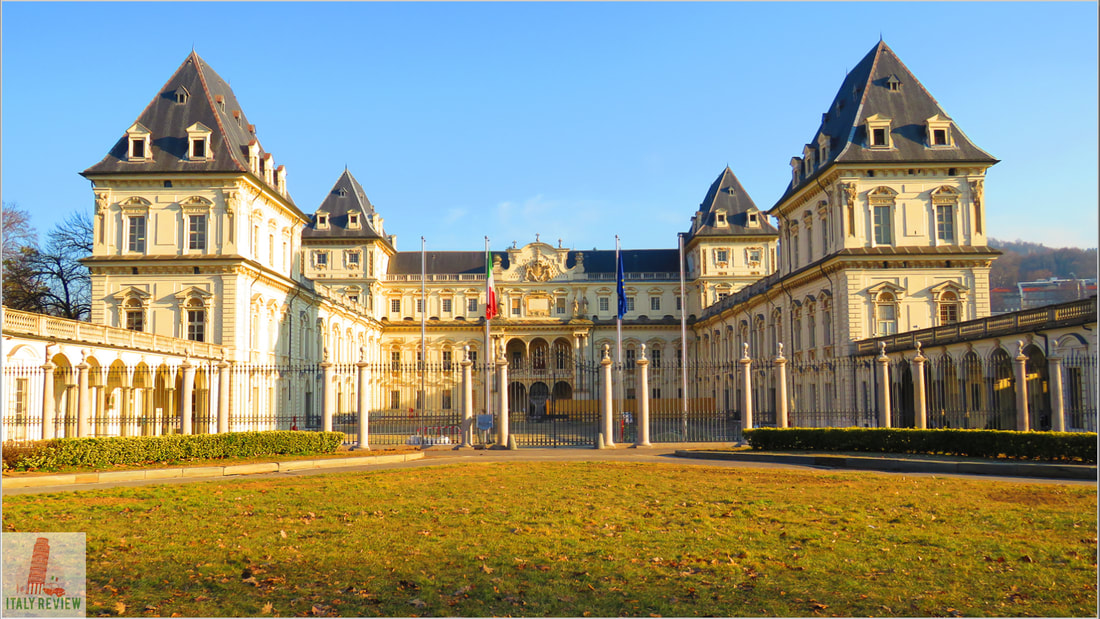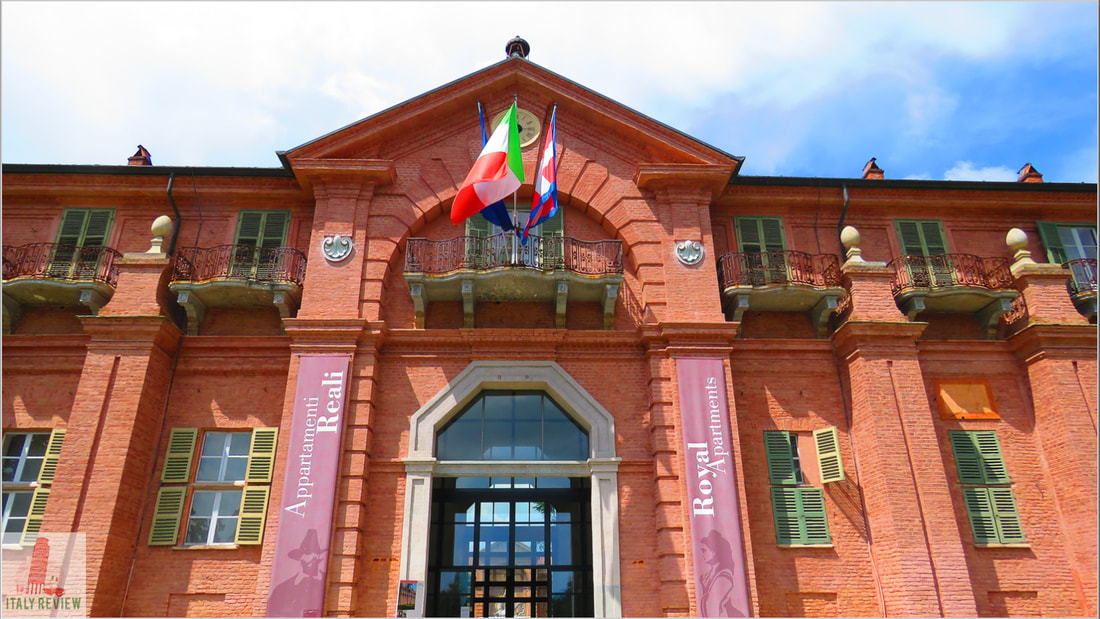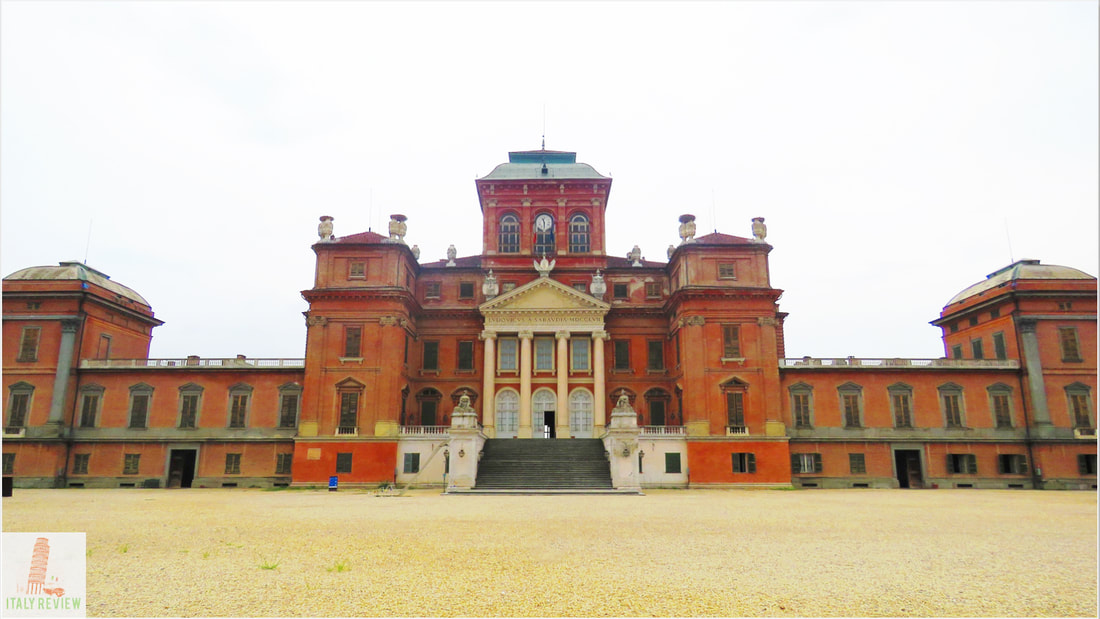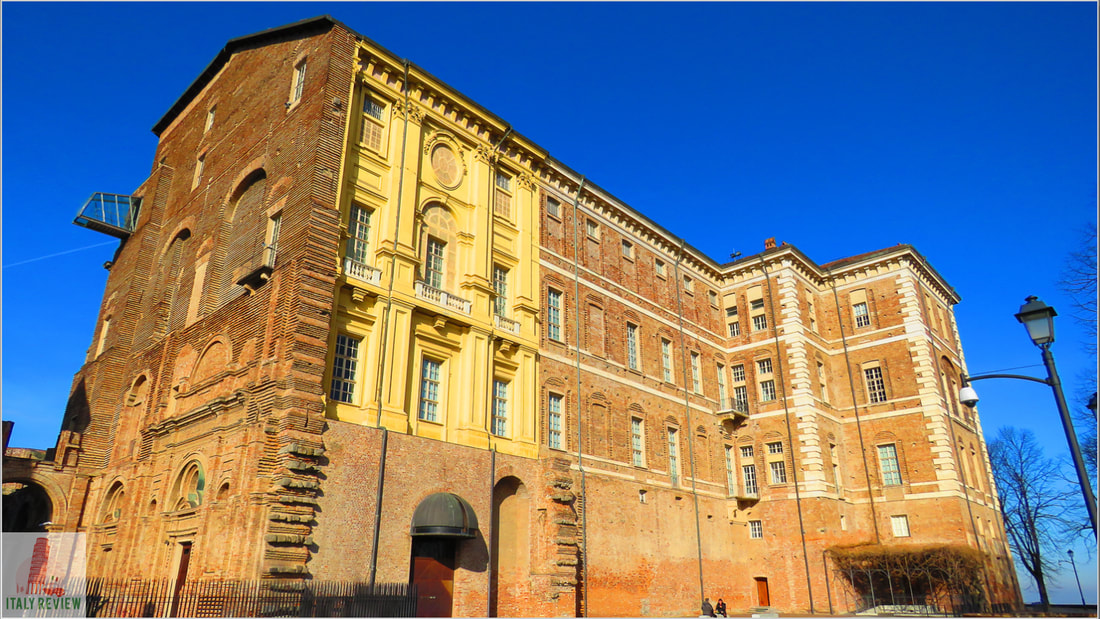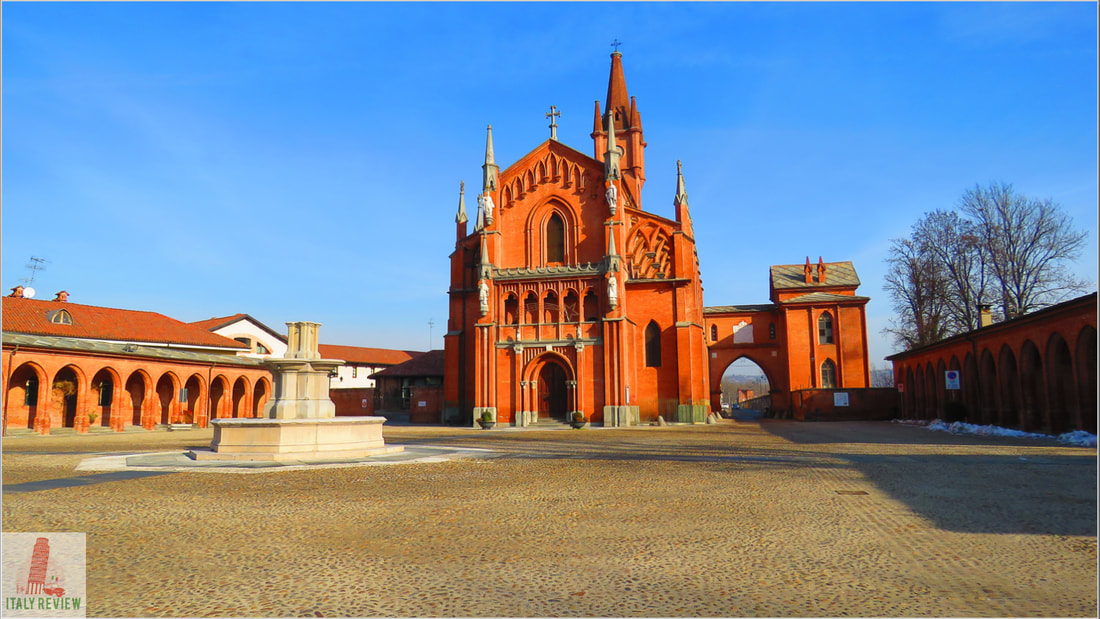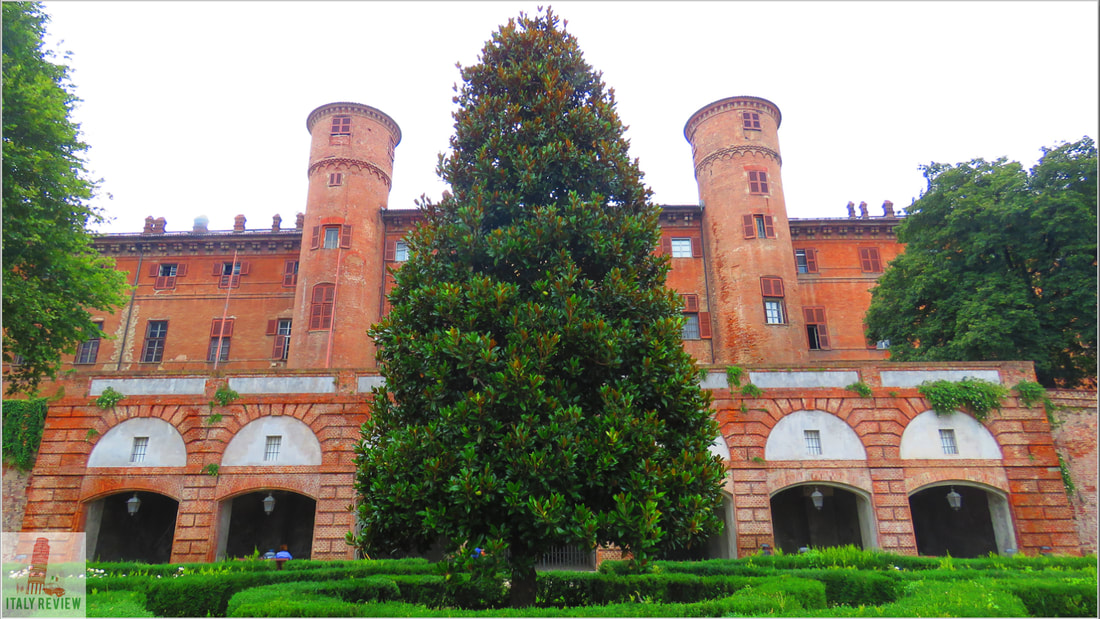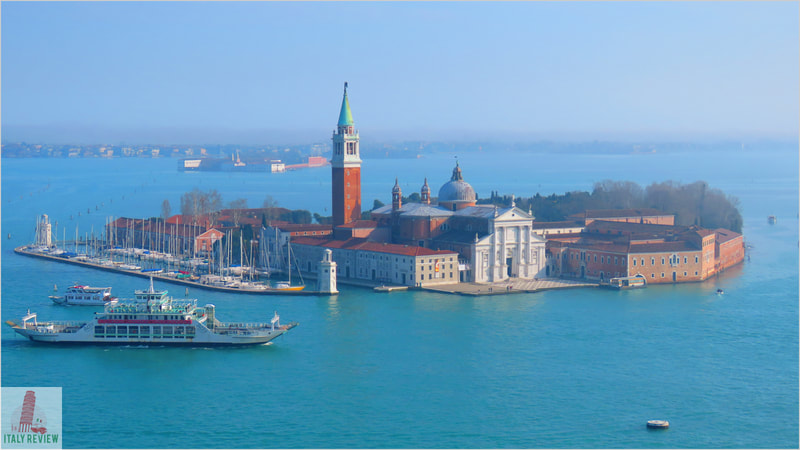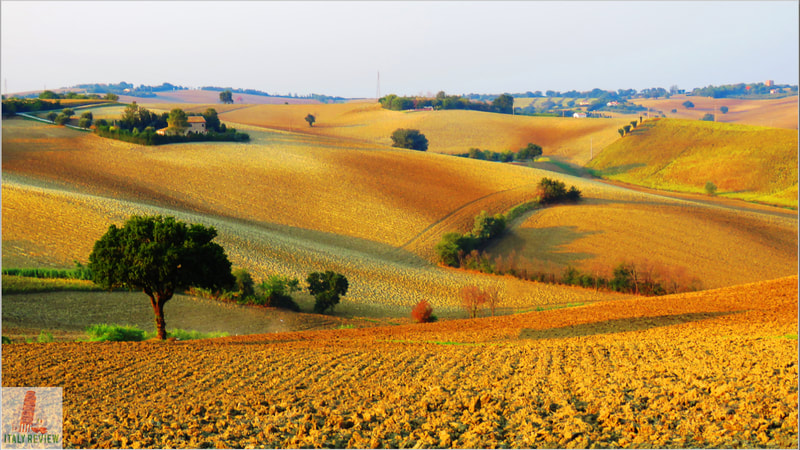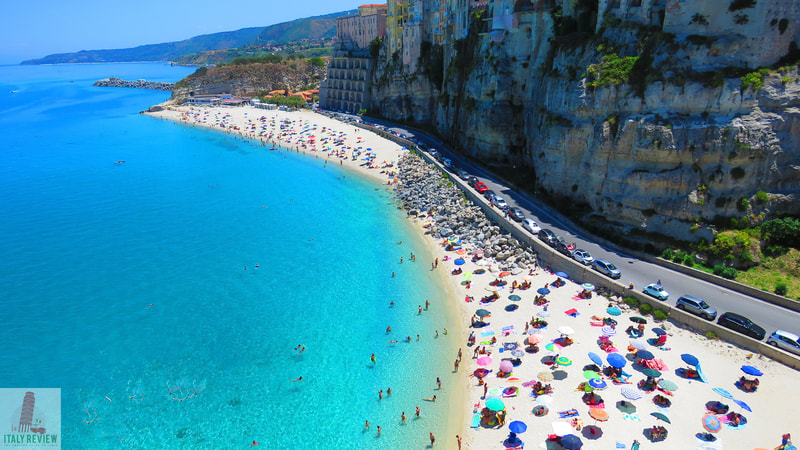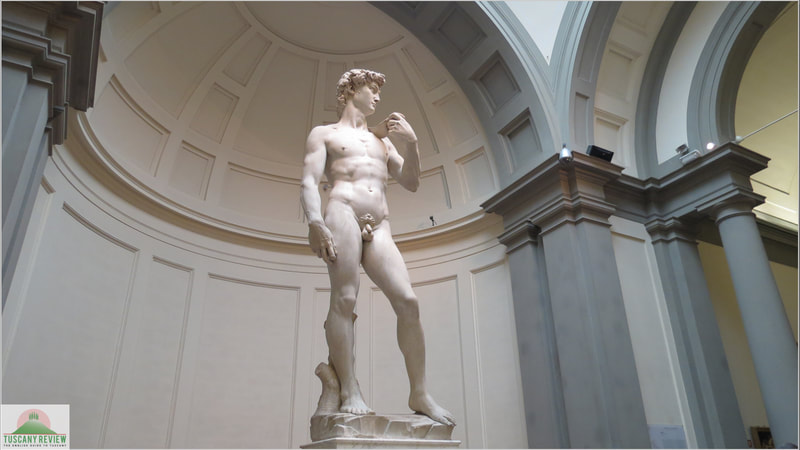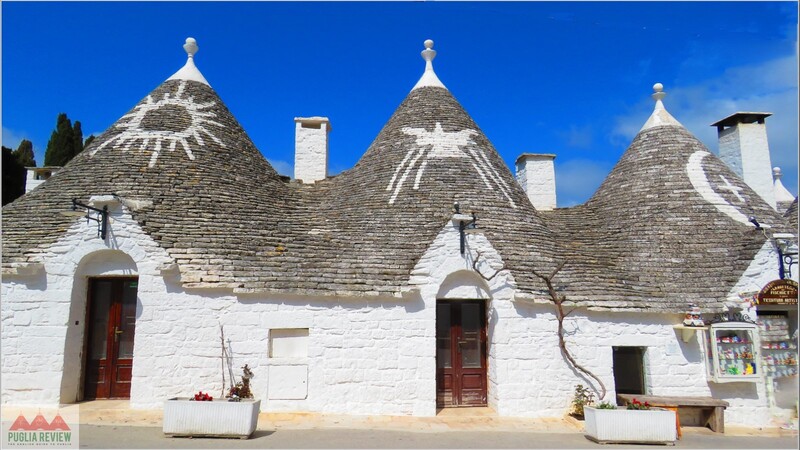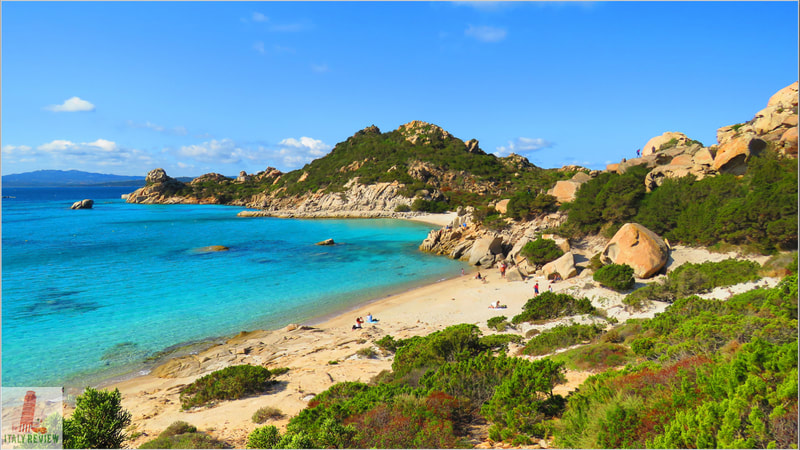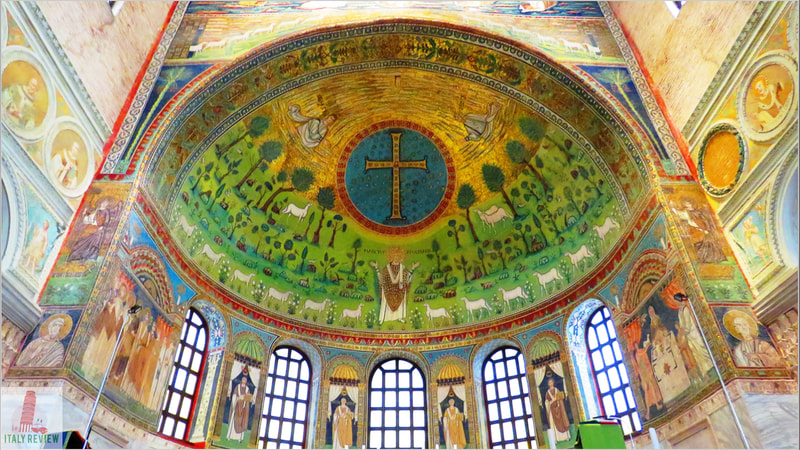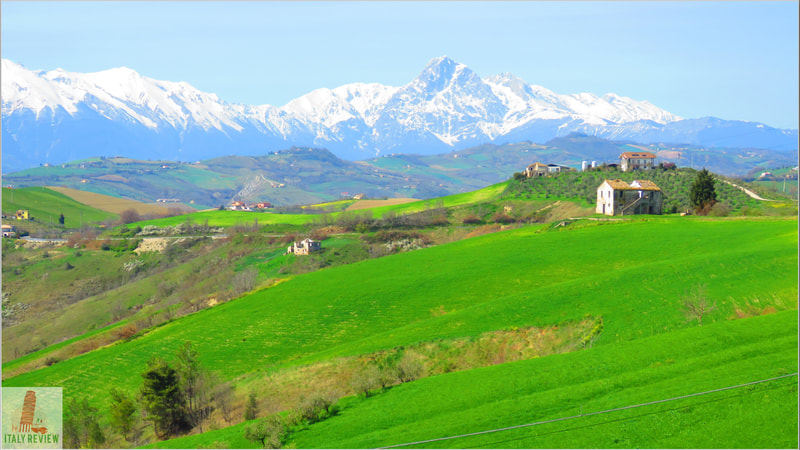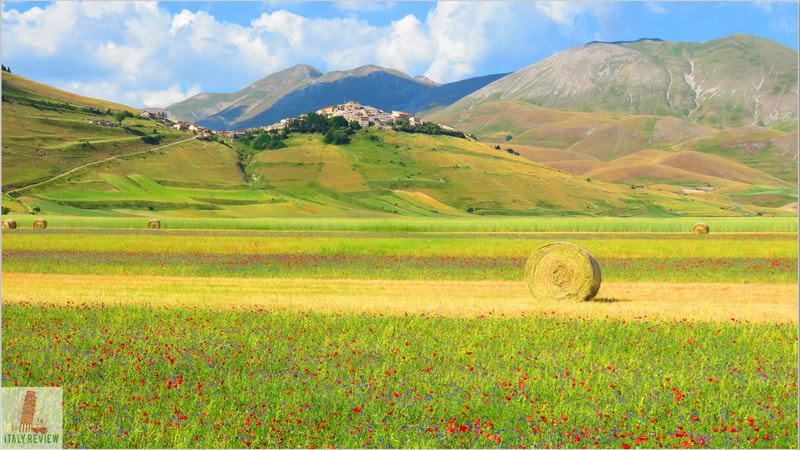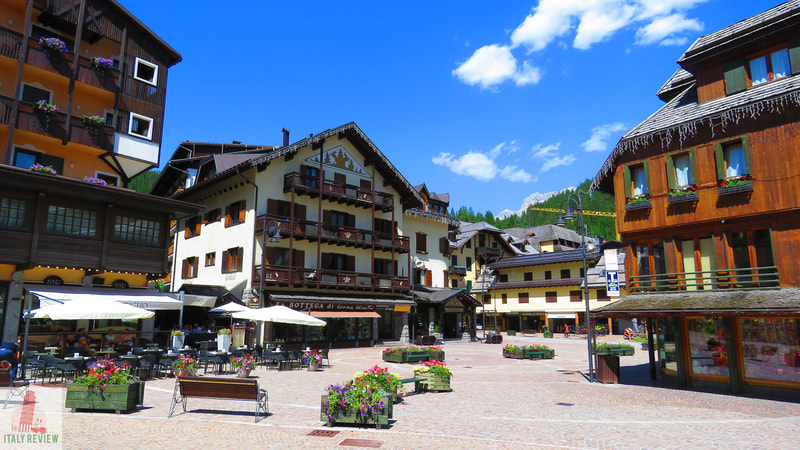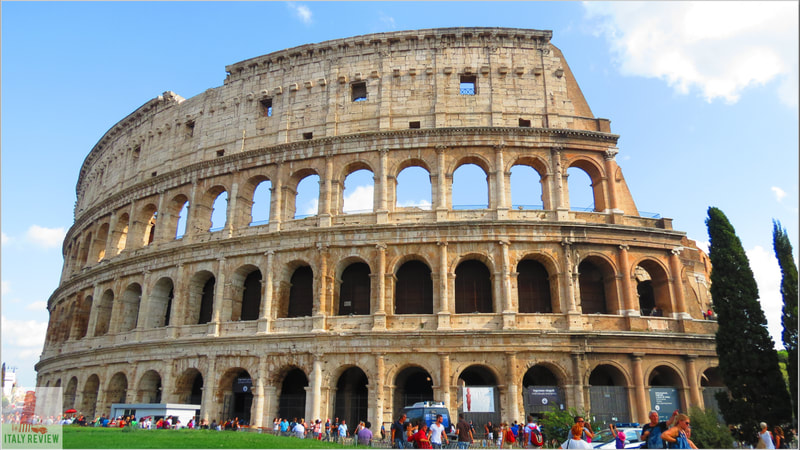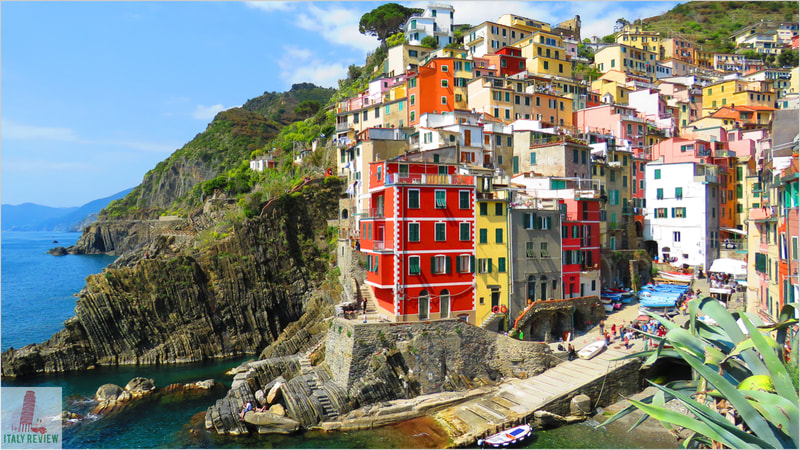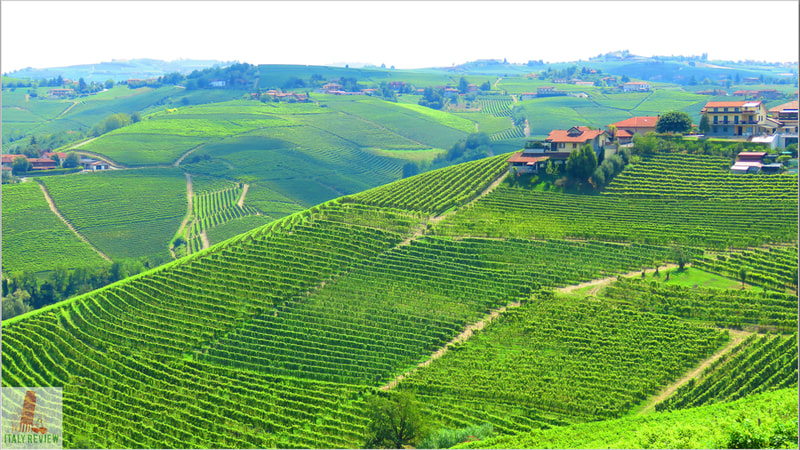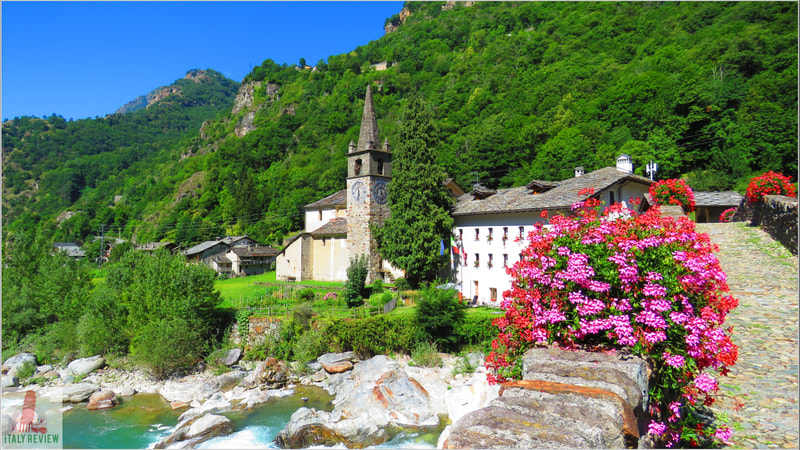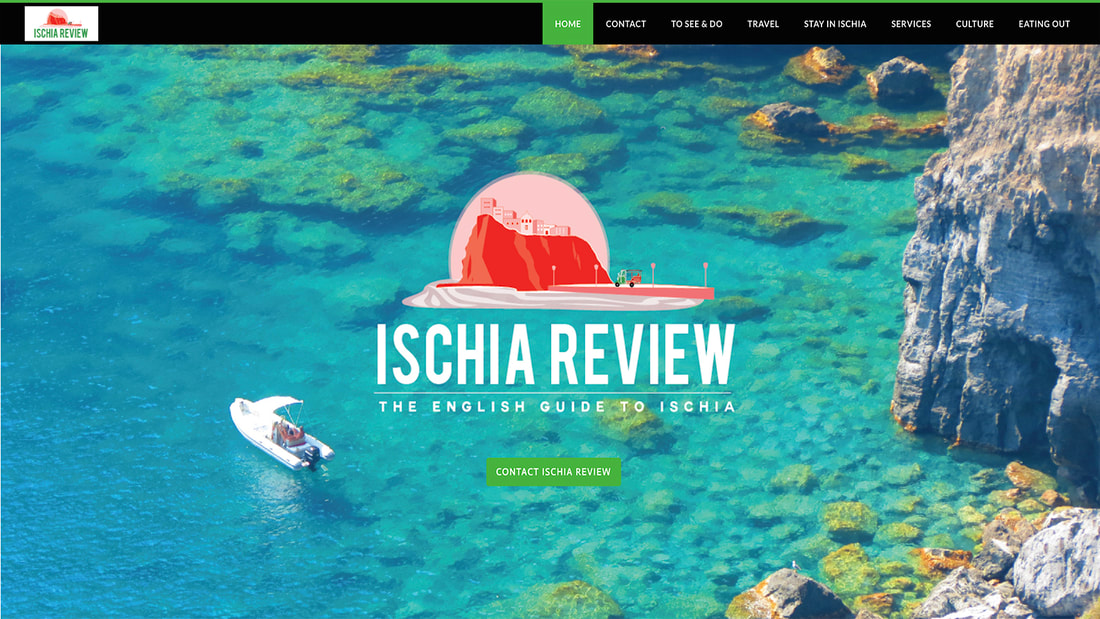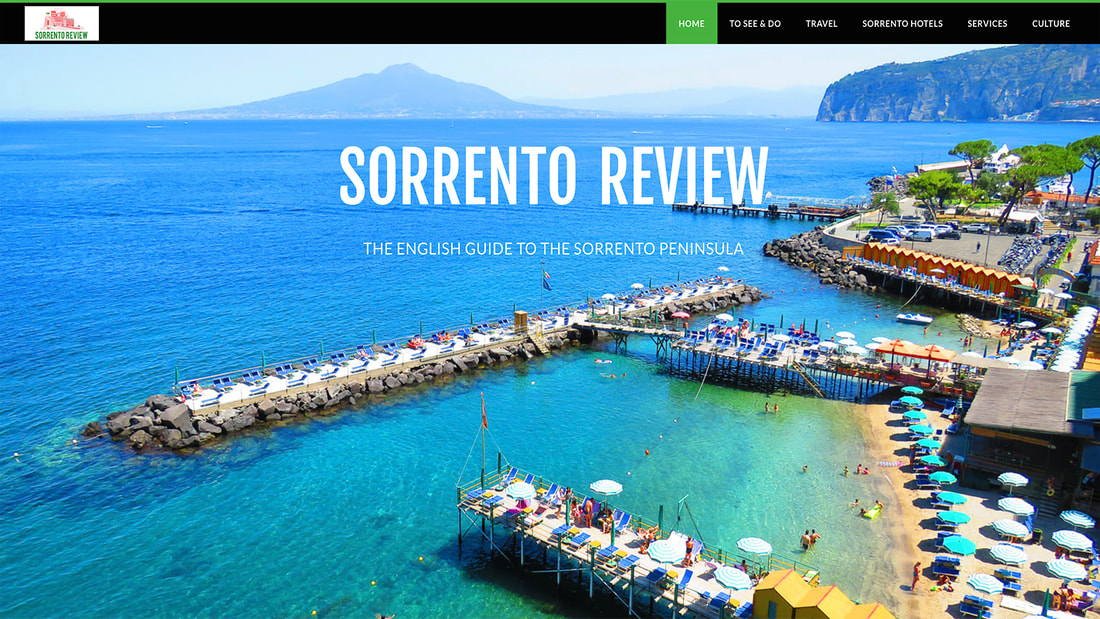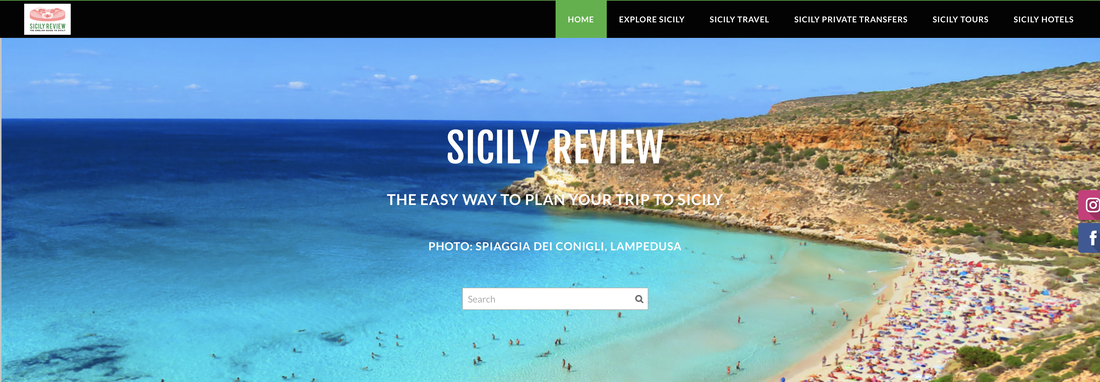Residences of the Royal House of Savoy
|
By Dion Protani
|
Latest update: 30 December 2023
|
|
The Residences of the Royal House of Savoy has been a UNESCO World Heritage Site since 1997. The inscription is based around 13 royal palaces and other properties in the city of Turin and the wider Piedmont region, with five of the sites in Turin itself.
Cited by UNESCO as an "outstanding complex of buildings", the thirteen structures include the Reggia di Venaria Reale. |
Related links
Profile
The Residences of the Royal House of Savoy is a UNESCO World Heritage Site that encompasses a collection of magnificent palaces, castles, and residences scattered across the Piedmont region of northern Italy.
This UNESCO listing recognizes the outstanding architectural and historical value of these royal properties, which were once the residences of the House of Savoy, one of Europe's most influential royal families.
This UNESCO listing recognizes the outstanding architectural and historical value of these royal properties, which were once the residences of the House of Savoy, one of Europe's most influential royal families.
History
The House of Savoy was a noble family that rose to prominence in the Middle Ages and later became the ruling dynasty of the Kingdom of Italy. Over the centuries, the House of Savoy expanded its territories and acquired various palaces and residences, transforming them into opulent centers of political and cultural power.
UNESCO listing
The UNESCO listing includes various residences that served as the homes and seats of power for different members of the Savoy family. Some of the most notable properties in the listing include:
- Palazzo Reale in Turin: The Royal Palace of Turin was the primary residence of the House of Savoy and served as the seat of the Savoyard monarchy.
- Palazzina di Caccia di Stupinigi: Stupinigi Hunting Lodge, a stunning Baroque and Rococo hunting lodge near Turin.
- Palazzo Carignano: A beautiful Baroque palace in Turin, which was the birthplace of King Charles Albert of Sardinia.
- Castello del Valentino: A historic castle in Turin, known for its picturesque gardens and architectural beauty.
- Castello di Govone: A charming castle located in Govone, a town in the Langhe region of Piedmont.
- Castello della Mandria: A grand castle situated within Parco Naturale La Mandria, near Turin.
Key features
- Historical Significance: The residences are steeped in centuries of history and played a crucial role in shaping the region's culture and politics.
- Architectural Marvels: The properties showcase a fascinating blend of architectural styles, including Baroque, Rococo, Neoclassical, and Renaissance.
- Guided Tours: Many of the residences are open to the public, offering guided tours that provide insights into the lives of the Savoyards and the unique features of each property.
- Royal Gardens: Several of the residences boast extensive gardens, designed in various styles, which are a delight for visitors to explore.
- Cultural Events: Some of the residences host cultural events, exhibitions, and concerts, adding to the visitor experience.
- Accessibility: Many of the properties are easily accessible from Turin, making them convenient day trip destinations.
- Local Cuisine: Travelers can indulge in Piedmontese cuisine at nearby restaurants and trattorias.
|
Provinces: Metropolitan city of Turin, Cuneo
Region: Piedmont Number of sites: 13 Turin sites: 5 Fly to: Turin Airport |
UNESCO World Heritage Site
Residences of the Royal House of Savoy
Year: 1997
Residences of the Royal House of Savoy
Year: 1997

